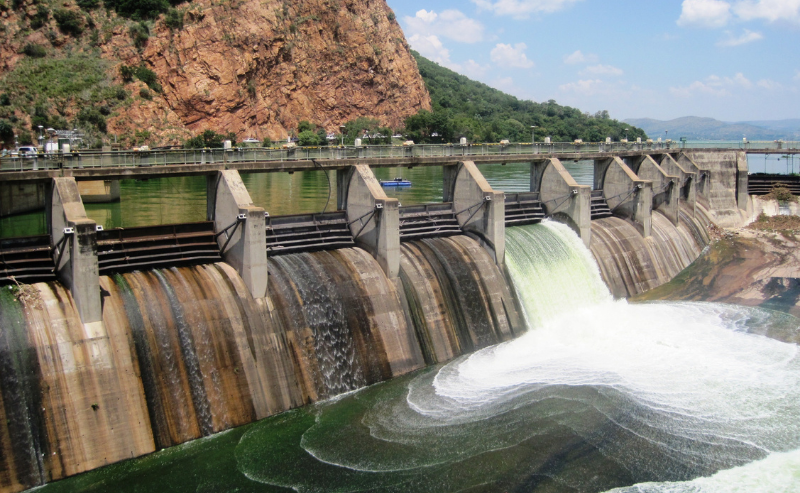If your community is one of the thousands nationwide where dam failure could have serious, if not devastating, consequences, you may find one of FEMA’s upcoming webinars of particular interest. The webinar, titled “Background on the 2020 Edenville and Sanford Dam Failures,” will take place on July 19, 2022, from 1 – 2:30 PM ET. Its purpose is to review a newly released report that examines the incident response before, during, and after these two dam failures in Michigan.
As you may recall, the catastrophic failure of these two dams prompted the evacuation of approximately 11,000 residents in May 2020 and resulted in roughly $245 million in estimated losses.
According to FEMA, the review of this event provides key insights and lessons for other jurisdictions with dams, including:
- Examining risk and coordinated planning on a watershed scale is important, especially as excessive precipitation becomes more prevalent, to ensure awareness of systemic risk, both upstream and downstream.
- Planning and exercising, with participation from emergency management and dam owners/operators, provide a valuable opportunity to test plans, confirm roles and responsibilities, and identify areas for improvement.
- Inundation modeling and community data are critical for effective planning and conducting realistic exercises.
- Pre-incident relationships between emergency managers and dam owners/operators greatly improve communication, coordination, and response during an emergency incident.
- Open communications with the community are essential to explain risk and create more effective alerts and warnings for evacuations and shelter-in-place guidance.
There are now 92,000+ dams nationwide, and many of them have received less than favorable Dam Safety Action Classification (DSAC) ratings from the U.S. Army Corps of Engineers (USACE). In fact, the average dam age is 61 years, and over 75% of them have high-hazard potential with an Emergency Action Plan, or EAP. EAPs, as you know, identify potential emergency conditions, include vital inundation maps, and specify pre-planned actions for the dam owner(s) to follow to reduce property damage and loss of life.
Between aging infrastructure and recent events, state and local emergency managers must understand the risk and implications of dam failures. And, of course, to incorporate the risk into their own Emergency Operations Plans (EOPs), Hazard Mitigation Plans (HMPs), and other crucial documents. Start by requesting the EAP of every dam owner whose structure(s) may impact your community in the event of a failure.
At BOLDplanning, a division of Agility, we encourage you to register for FEMA’s July 19 webinar at https://www.eventbrite.com/e/fema-hosts-edenville-and-sanford-dam-failures-webinar-tickets-367849486717.
We also recommend you download the new FEMA report, Michigan Dam Incident Response Review: An Analysis of the 2020 Edenville and Sandford Dam Failure Response, which is available online at https://www.fema.gov/sites/default/files/documents/fema_michigan-dam-incident-response-review_report.pdf.
Last but certainly not least, we urge you to learn more about the National Dam Safety Program by visiting https://www.fema.gov/national-dam-safety-program.






